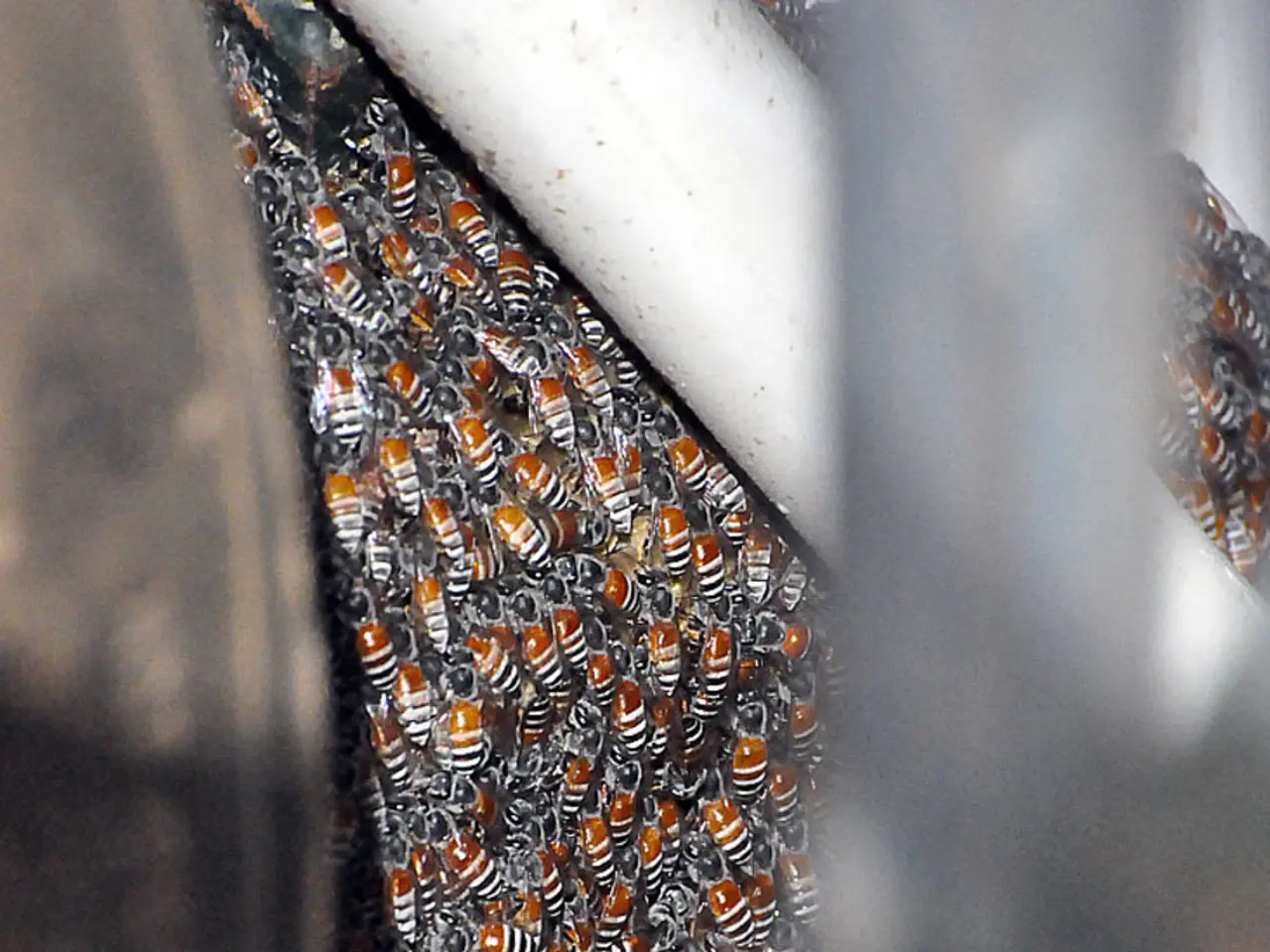Protectionist Pitfall: Imminent China Tariffs in 2025 and Potential U.S. Responses
In the first quarter of 2025, a significant increase in reshored jobs was observed, according to a study by the Reshoring Initiative, marking a 28% rise compared to previous periods [1]. This trend is reflective of the impact of the escalating tariffs on Chinese exports to the U.S., which have been a topic of discussion since the second Trump administration.
The tariffs, averaging around 51.1% to 54.9% for Chinese goods, have led to a substantial increase in the cost of importing goods from China [1][2]. This rise in costs, in turn, has contributed to higher consumer prices for affected products. The tariffs have been so high that they have reached extreme peaks near 135% during the height of tariff escalation earlier in the year [1].
The increased tariffs have resulted in shifts in trade flows, with some Chinese exporters redirecting exports from the U.S. to other markets, such as the Euro area, where import prices are exerting downward pressure on inflation [2]. From a U.S. consumer perspective, the average effective tariff rate has risen substantially in 2025, with estimates of a 15.8 to 17.3 percentage point increase compared to pre-2025 levels [4][5]. This increase is the highest since the mid-1930s, indicating a major additional cost burden on imported goods, including those from China.
However, not all businesses have been deterred by these tariffs. For instance, a USA-based clothing brand saved 20% by reshoring production to a Maker's Row factory, with costs dropping, delivery time cut in half, and a decrease in quality complaints by 35% [1]. Maker's Row, a platform that connects brands with USA factories across various industries, has been instrumental in facilitating these shifts towards domestic manufacturing.
Apple has also moved part of its chip production to Texas, while Levi's is investing in USA-based textile plants [1]. Shifting to domestic manufacturing can not only boost profits but also enhance brand loyalty, as it ensures faster delivery and higher quality products [1].
For small and mid-sized businesses, the burden of import duties can be particularly challenging, especially when faced with unexpected hikes. To escape the tariff trap, businesses can follow three steps: audit their supply chain, explore USA options using platforms like Maker's Row, and start small by piloting local production [1].
Sources:
[1] Reshoring Initiative. (2025). Q1 Reshore Data Shows 28% Increase in Reshored Jobs. [Online]. Available: https://reshorenow.org/q1-reshore-data-shows-28-increase-in-reshored-jobs/
[2] International Monetary Fund. (2025). World Economic Outlook: Global Growth Prospects. [Online]. Available: https://www.imf.org/en/Publications/WEO/Issues/2025/04/22/world-economic-outlook-april-2025
[3] U.S. Census Bureau. (2025). U.S. Imports from China by Tariff Heading. [Online]. Available: https://www.census.gov/foreign-trade/statistics/highlights/top/top1002025.html
[4] Peterson Institute for International Economics. (2025). U.S. Tariffs on Chinese Imports: A Comprehensive Analysis. [Online]. Available: https://www.piie.com/blogs/realtime-economic-issues-watch/us-tariffs-chinese-imports-comprehensive-analysis
[5] Federal Reserve Bank of New York. (2025). The Impact of U.S.-China Tariffs on Pass-Through to Consumer Prices. [Online]. Available: https://www.newyorkfed.org/medialibrary/media/research/current_issues/ci25-1.pdf
- Due to the increased tariffs, some businesses have decided to manufacture goods domestically, such as Apple moving part of its chip production to Texas and Levi's investing in USA-based textile plants.
- Shifting to domestic manufacturing can lead to cost savings, as shown by a USA-based clothing brand that saved 20% by reshoring production to a Maker's Row factory.






